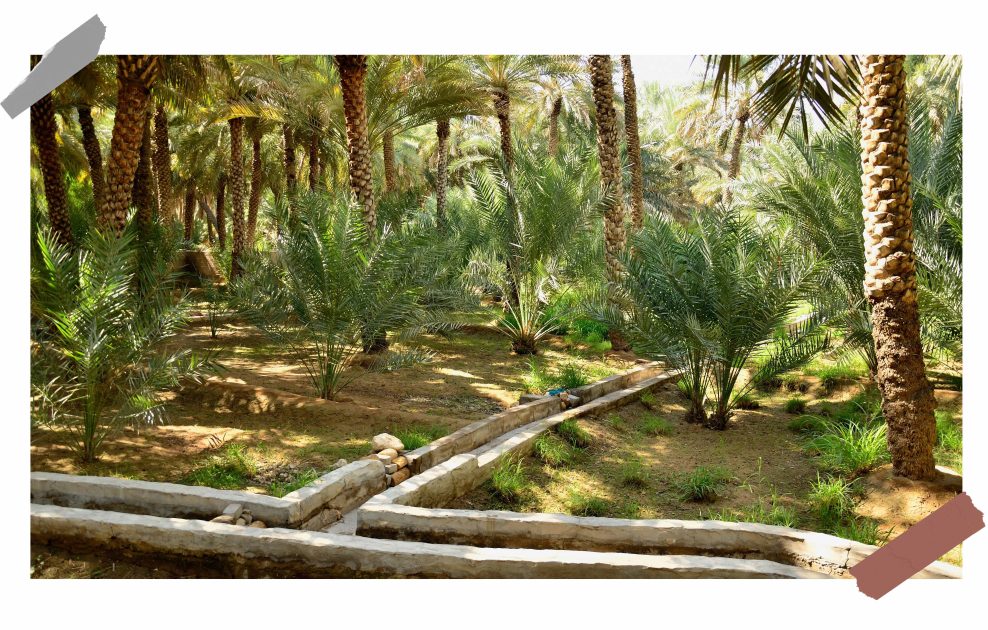
Nestled in the heart of the Arabian Peninsula, Oman boasts a rich tapestry of natural beauty, culture, and history. Among its many hidden treasures, the oases of Oman stand out as captivating havens of life in the midst of the arid desert landscape. These lush pockets of greenery offer a glimpse into an ancient way of life, where water has been harnessed and cherished for centuries.
In this article, we embark on an Arabian adventure to explore the enchanting oases of Oman!
The Oasis: A Symbol of Life
Oases are man-made or naturally occurring areas in the desert, where water, often from underground springs or wells, gives rise to vibrant plant life and sustains both flora and fauna. These lush enclaves stand as symbols of resilience and ingenuity, as they have provided sustenance and shelter to civilizations for centuries. Oman, with its unique geological features, has a number of such oases that have played a pivotal role in the country’s history.
Birkat Al Mouz: The Hidden Gem
One of the most captivating oases in Oman is Birkat Al Mouz. It can be found at the foothills of the towering Jebel Akhdar mountains. This oasis is a breathtaking blend of lush palm groves, ancient ruins, and traditional mud-brick settlements. The falaj system, an intricate network of channels designed to distribute water, has been employed here for generations to irrigate the orchards and crops. Visitors can stroll through the shaded pathways of date palms to encounter amazing historical structures! And they can also contemplate the harmonious coexistence between nature and human intervention.
Al Ain: A Testament to Ancient Engineering
The Al Ain oasis, known as the “Garden City of the Gulf” extends across both the Omani and Emirati borders. With its ancient aflaj irrigation system, a UNESCO World Heritage Site, this oasis showcases the ingenious engineering solutions devised by the ancestors to combat the harsh desert environment. The tranquil oasis offers respite from the relentless desert sun, as well as insights into the lifestyles and cultures of the past.

Nizwa: Where History and Nature Converge
Nizwa, a city that encapsulates Oman’s rich history, boasts an oasis that complements its historical significance. Framed by majestic mountains, Nizwa’s oasis has been a hub of activity for centuries. The famous Nizwa Fort overlooks the bustling market that was once a trading center for the surrounding oases. Here, the traditional souq (market) hums with life, offering a glimpse into Oman’s cultural heritage.
Modern Challenges and Conservation
While these oases have endured for centuries, they are not immune to the challenges of modern times. Rapid urbanization, water scarcity, and changing agricultural practices pose threats to the delicate balance that sustains these ecosystems. Efforts are being made to promote sustainable practices and preserve the traditional methods of water management. Conservation initiatives aim to safeguard both the natural beauty and the cultural heritage these oases represent.
A Journey of Discovery
Exploring the oases of Oman is not merely just a geographical expedition! it is a journey through time, culture, and nature’s resilience. It’s a reminder of the intricate relationship between humans and their environment… And an opportunity to witness the artistry of generations who adapted to the challenges of their surroundings. These oases, with their palm-fringed landscapes and cool, refreshing waters, beckon travelers to immerse themselves in a world of wonder and serenity.
As you embark on your Arabian adventure, be prepared to witness the harmonious coexistence of desert and oasis, history and modernity, and the unwavering spirit of life in the heart of Oman. The oases are more than geographical features. They are living testaments to the spirit of human endeavor and nature’s bounty, inviting you to unravel their mysteries and experience the allure of the Arabian Peninsula like never before ☀️
